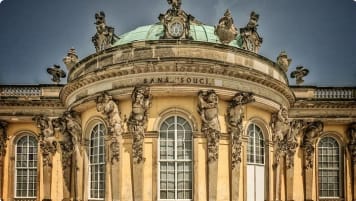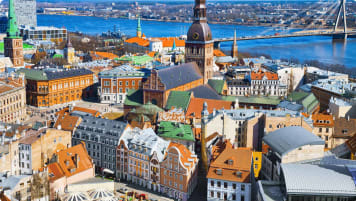Highlights of Latvia | Turaida Castle
The beautiful Turaida Castle looks like it came straight off the pages of a storybook. One might expect to see a princess peering down at them from the castle's tall cylindrical tower, built in 1214. A medieval castle on a strip of land between two ravines at Gauja River, Turaida Castle is the highlight and most visually impressive element of Turaida Museum Reserve. The reserve encompasses the castle and the surrounding area and includes small galleries and exhibits, an art studio and a sculpture garden. Within the castle, there is a museum which offers an insight into the history of Livonia between 1319 and 1561. The name 'Turaida' comes from the Livic language and translates to 'Garden of Gods', which is a fitting name from the largest protected cultural monument and the oldest visible castle in the country. Less than an hour's drive from Riga, Turaida Castle is a must-see.
20 Jan 20 · 5 mins read
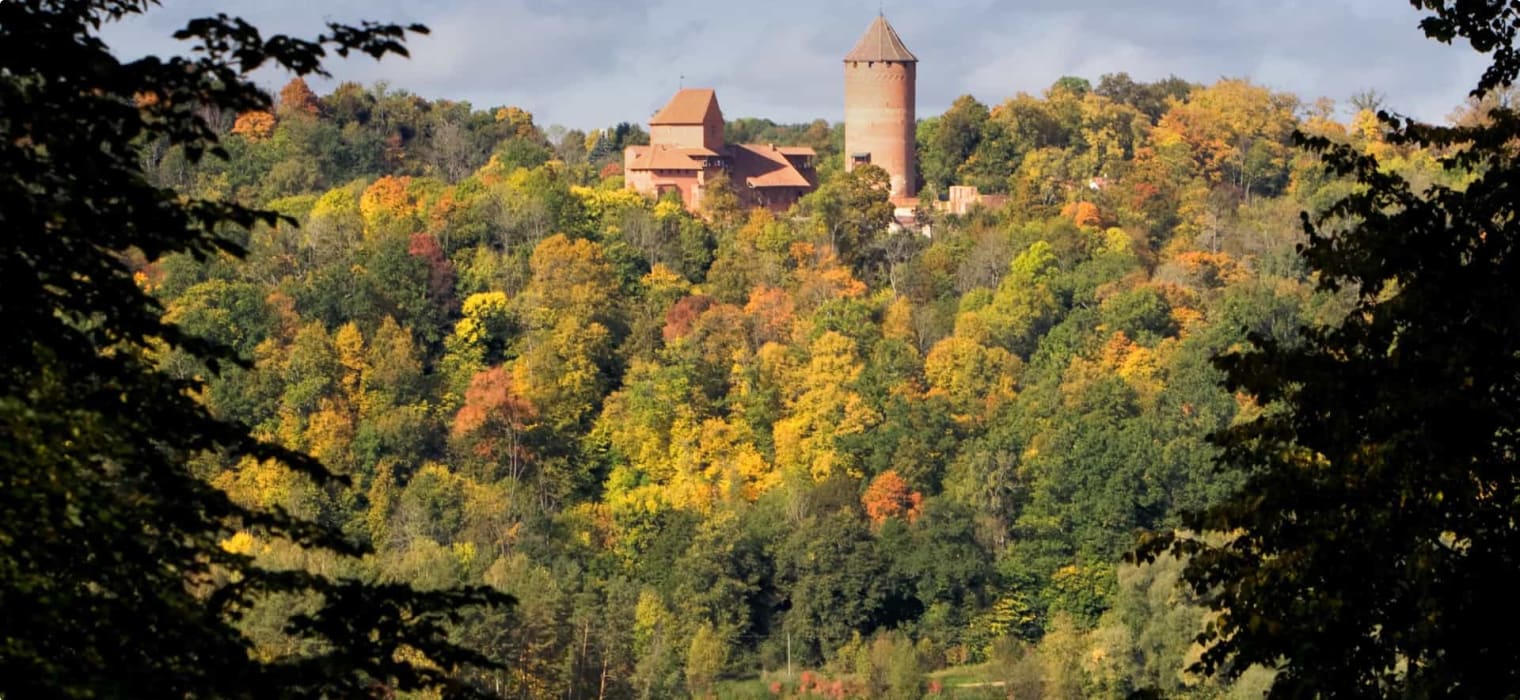
Highlights of Latvia | Turaida Castle

The beautiful Turaida Castle looks like it came straight off the pages of a storybook. One might expect to see a princess peering down at them from the castle’s tall cylindrical tower, built in 1214. A medieval castle on a strip of land between two ravines at Gauja River, Turaida Castle is the highlight and most visually impressive element of Turaida Museum Reserve. The reserve encompasses the castle and the surrounding area and includes small galleries and exhibits, an art studio and a sculpture garden. Within the castle, there is a museum which offers an insight into the history of Livonia between 1319 and 1561. The name ‘Turaida’ comes from the Livic language and translates to ‘Garden of Gods’, which is a fitting name from the largest protected cultural monument and the oldest visible castle in the country. Less than an hour’s drive from Riga, Turaida Castle is a must-see.
The History of Turaida Castle
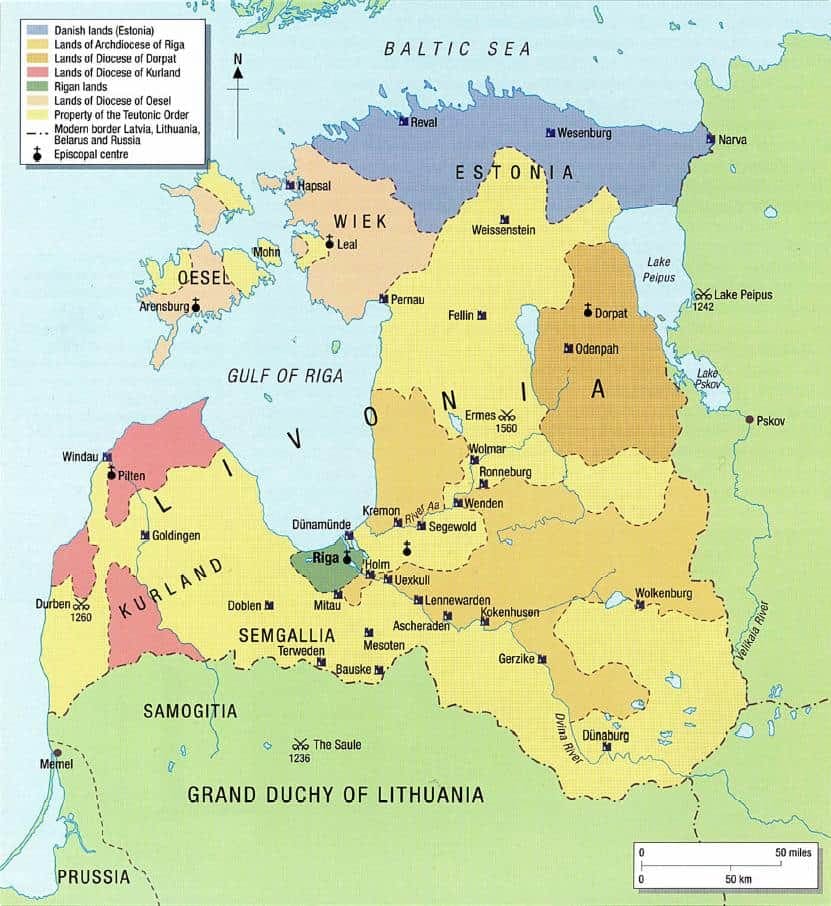
One of the most interesting things about Turaida Castle is the way the castle’s history also tells a story of Latvian and European history. Around the 11th century, the Livonian people began to build a settlement on the shores of the Gauja River near Turaida. Here, a wooden castle was built for the Livonian ruler Kaupo but this castle burned down around 1214. After the fire, Bishop Alberts of Riga ordered a stone castle be built in its place and directed the Livonian Brothers of the Sword, a Catholic military order, to build it. A Roman-style, castellum-type fortress was built in the classic red-brick construction of the Baltic crusading orders. Initially the castle was named Fredeland (meaning Land of the Peace) but the name had changed to Turaida by the mid-13th century. Turaida became the residence of the then-ruler of the land: the Archbishop of Riga.
Over the centuries, the castle was updated and new features were added to its defensive system. In the 14th century, another tower was added and once firearms were invented a third, semi-rounded western tower was erected as well as domestic buildings and living quarters in the inner yard of the castle.
By the 16th century, the political situation in northeastern Europe was turbulent and changing dramatically. The Livonian War began in 1558 and was a struggle between the Tsardom of Russia and a coalition of Denmark–Norway, Sweden, Poland and the Grand Duchy of Lithuania for control of Old Livonia (now Estonia and Latvia). At the beginning of the war, Turaida Castle was well-fortified and occupied the widest area it would ever have but the advancement in weapons technology meant the importance of stone castles like Turaida was quickly diminishing.
At the end of the Livonian War in 1583, the Archbishop’s territories, including Turaida Castle, came into the ownership of the King of Poland and during the Polish-Swedish Wars beginning in the 17th century, ownership of the castle went between the hands of Poles and Swedes. King Gustav II II of Sweden bestowed the Castle to Nils Stiernskold, a military man, who in turn sold it to G.W. von Budberg in 1652. After the castle passed into private ownership, it was no longer used in warfare. The castle was inhabited throughout the 18th century until a fire in 1776 left the castle uninhabitable. Parts of the castle walls had been destroyed and were not rebuilt after the fire. Instead a residential house was erected on the ground.
By the beginning of the 20th century only separate fragments of the defensive wall and the towers remained. From 1974, extensive archaeological excavations were carried out, followed by restoration and conservation works. In 1988 the Turaida Museum Reserve was established in order to protect the remaining buildings and encourage tourism to the complex.
Visiting the Turaida Museum Reserve
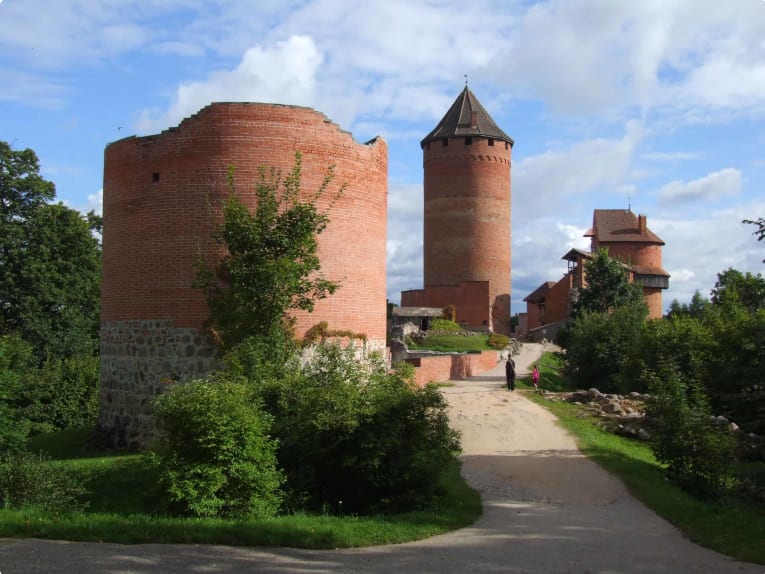
Turaida Museum Reserve, nestled amongst the trees, is a picturesque place to spend a few hours while discovering the story of Livonia. As well as visiting the castle and climbing to the top of the 42m-high Donjon Tower, you can take a stroll through the Folk Song Garden and up the Folk Song Hill which features 26 sculptures dedicated to Latvian heroes from dainas, poetic folk songs that are a major Latvian tradition. You can also see the Turaida Church, built in 1750, and enjoy the exhibition on the church’s history.
In the reserve is also the Rose of Turaida Memorial, a memorial to a young woman who lived in the castle and the subject of a tragic legend. The story goes that during the Polish-Swedish War, a castle clerk found a baby girl in the arms of her dead mother and adopted the girl and raised her as his own, naming her May Rose. May Rose grew up and met Victor Heil, a German man who was an apprentice gardener at another castle on the other side of the valley. Meanwhile, a deserter from the Polish army named Adam Jakubowski found a job at the castle and fell in love with May Rose. When she told him she didn’t feel the same way and was engaged to Heil, Jakubowski was devastated. To get his revenge, he lured May Rose to a grotto on the castle grounds you can still visit today and killed her. Realising what he had done, he hanged himself. Heil found his lover’s lifeless body and buried May Rose near the Turaida church. He planted a linden tree on her grave that remains there today and the cross he put at the head of the grave is said to have read love is stronger than death. A memorial was built around the then 300-year old tree in 1922 by the widow of the writer Janis Poruks.

Walking around the reserve you can also enjoy impressive views of the Gauja River and surrounding forests. If you would like to be transported back to the Middle Ages with a visit to Turaida Castle, you may be interested in our tour of the Baltics. The tour visits both Sigulda Castle and Turaida Castle on the way from Riga to Talinn.
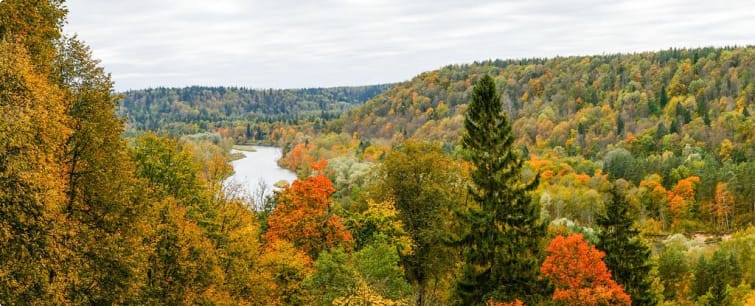
Articles about Latvia published by Odyssey Traveller:
- Questions about Latvia.
- History of the Baltic States.
- Guide to the Baltic States.
- Highlights of Latvia: Rundale Palace
- Highlights of Latvia: Riga Cathedral
- Highlights of Latvia: Trakai Island Castle
- Highlights of Latvia: Hill of Crosses
For all the articles Odyssey Traveller has pub
For all the articles Odyssey Traveller has published for mature aged and senior travellers, click through on this link.
External articles to assist you on your visit to Latvia:
Could the Baltic States be the next Scandinavia?
Related Tours
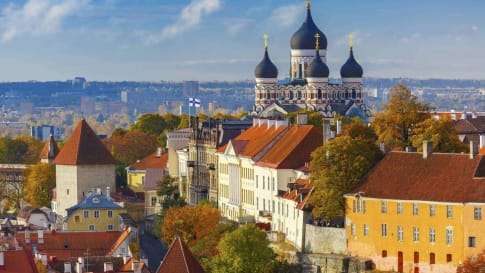
days
Sep, MayBaltics Small Group Escorted Tour: Latvia, Estonia, Lithuania
Visiting Estonia, Finland
An escorted small group tour to the Baltic States of Europe that explores the key destinations of this region starting in Berlin, then making its way through Poland, Estonia, Latvia, Lithuania, Finland and concluding in St. Petersburg. Each day has scheduled itineraries supported by local guides who share knowledge and authentic experiences of the places visited. This is small group travelling to the Baltics for like minded people.
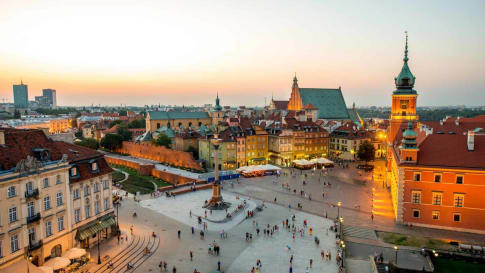
21 days
Jun, Sep, May, OctExploring Poland | Poland Small Group Tour
Visiting Poland
Odyssey's European tour of Poland provides the guests with authentic experiences in a range of key historical destinations to enjoy. Your tour leader supported by knowledgeable local guides who provide daily itineraries that often take you off the beaten path to learn more about the places visited.
From A$13,340 AUD
View Tour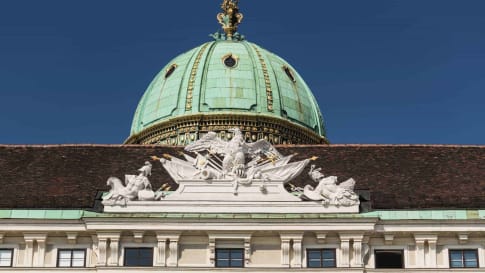
22 days
AugHabsburg Art and Classical Music small group Tour
Visiting Austria, Czech Republic
From the mediaeval jewel of Cesky Krumlow to the grandeur of the Habsburg’s summer palace in Vienna, our small group will embark on a 21 night journey to learn about these vibrant and artistically rich cities. We delve into the history of the famous artists, musicians, writers, architects and composers from Austria, Hungary, Poland and the Czech Republic.
From A$15,995 AUD
View Tour
21 days
May, Oct, AprBaltics: Latvia, Estonia, Lithuania, Helsinki, Stockholm and Copenhagen
Visiting Denmark, Estonia
An escorted small group tour to the Baltic States of Europe that explores the key destinations of this region starting in Warsaw, then making its way through Poland, Estonia, Latvia, Lithuania, Finland, Stockholm and concluding in Copenhagen. Each day has scheduled itineraries supported by local guides who share knowledge and authentic experiences of the places visited. This is small group travelling to the Baltics for like minded people.
From A$16,975 AUD
View Tour
